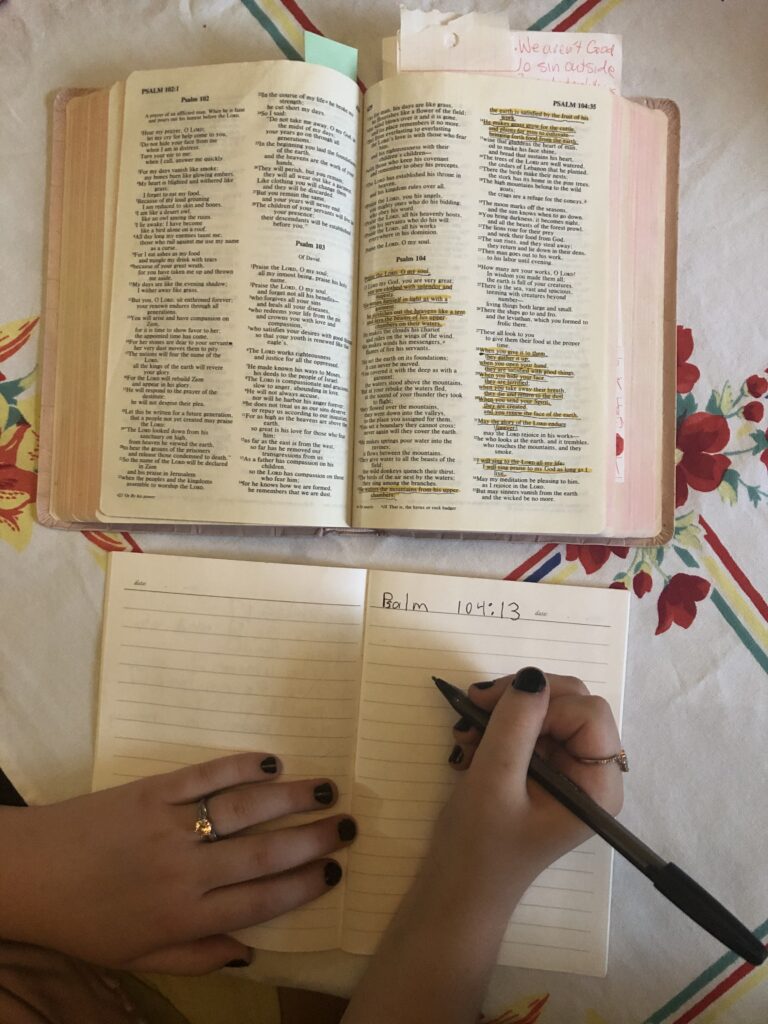If you have never heard of copy work or always wanted to give it a try, then you’re in luck; I’ve got all the basics covered for you to get you going today with this super quick read!
WHO:
Charlotte Mason was a British educator and reformer who believed strongly in copy work to teach children letter formation and proper English.
Many homeschool parents have found that Charlotte was correct, and this simple and elegant way of teaching language is quite beneficial for all ages.
If you want to learn more about Charlotte Mason’s approach to education, check out https://simplycharlottemason.com/.
WHAT:
Copy work is copying a letter, word, sentence, or passage from a high-quality piece of literature.
Some people feel teaching language like this is cheating; however, nothing could be further from the truth. A parenting basic is modeling and imitation. We do this from the time our babies are born, and it is instrumental in education as well.
Most of us who went through public school did not learn through copy work. Nevertheless, it is a valuable tool.
WHY:
Copy work improves letter formation, spelling, grammar, spacing, punctuation, capitalization, and vocabulary, to name a few.
When copying from a high-quality piece of writing, the example in all these areas is excellent. Imitating excellence teaches excellence and what it looks like to achieve that standard.
HOW:
Make copy work outstanding by having high-quality paper, pens, or a fancy journal to elevate the experience. Nothing else is needed besides your literature selection.
The student is instructed to give their best effort in handwriting and copying the selection as an exact duplicate with no errors. This requires the student to focus on all the details.

Double-space so errors can be identified and corrected. My kids like to use a red pen and fix errors like a “teacher.”
The Bible is an exceptional tool to use for copy work. Not only is it excellent writing, but the ability to hide God’s word in the heart of the student in a new way helps the concepts be learned.
Passages of poetry or classic works are also fantastic. Another excellent option is to copy from the history, science, or other subjects being taught. Layering this information in a new way helps with retainment.
Start young learners out with copying letters. This is standard for beginning writers, so copy work just continues with this method into middle school or beyond.
When ready, move to copy words or short phrases, graduating into short sentences.
As your student progresses, they will copy whole passages. The value of learning how the writer crafts his thoughts, develops a theme, or summarizes essential information is retained.

Take some time with your student to analyze their work, and see if they can find their errors. Give lots of praise for everything they did right!

Continue to encourage excellence, using the very best handwriting and focus skills the student can muster.
This deceptively simple educational tool can be the center of your homeschool language arts program, and it is completely free!
Have you tried copywork? Leave a comment below with your observations and tips!
